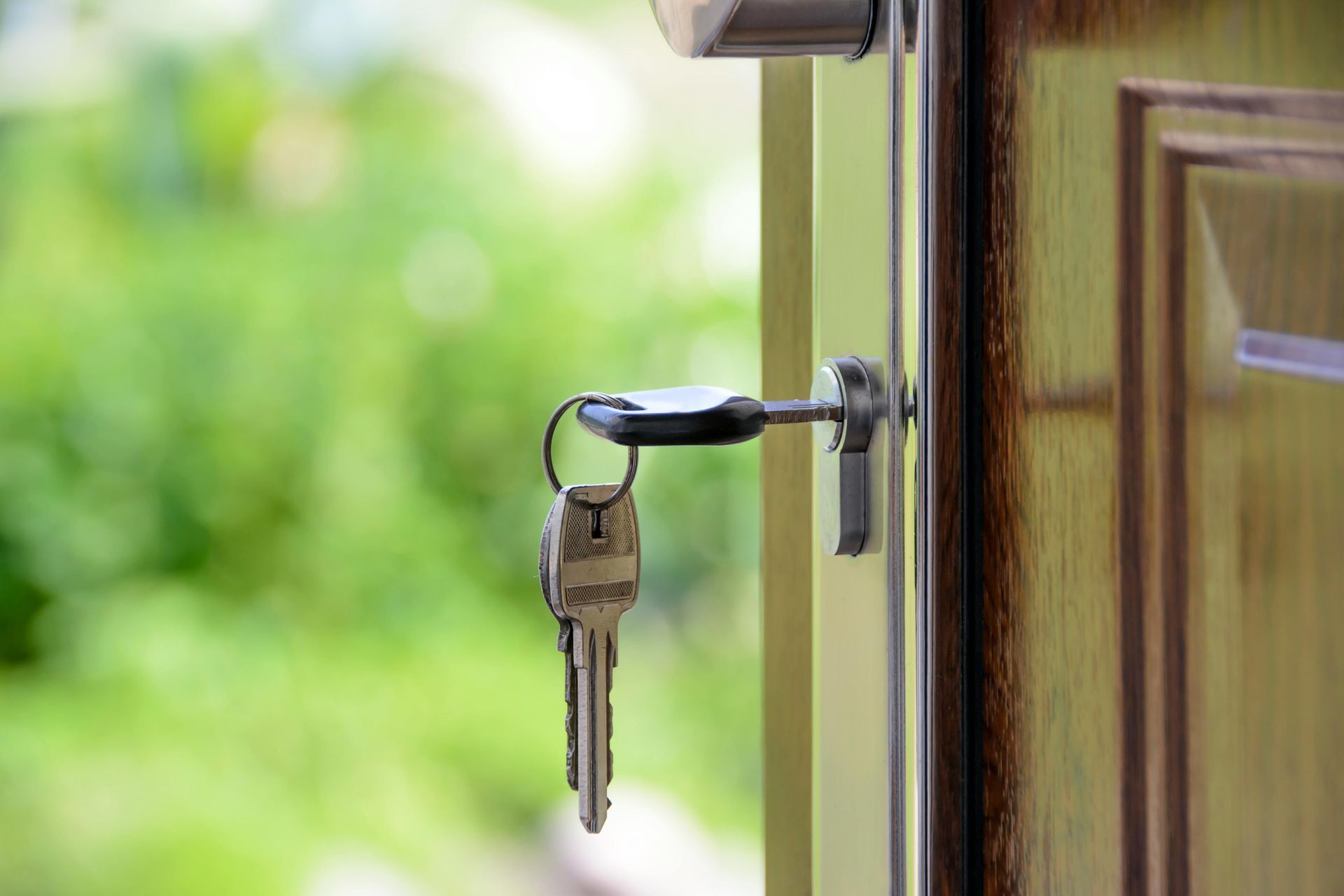How Mortgage Rates Work: Fixed vs. Variable
What affects mortgage rates? Does the Bank of Canada rate affect fixed-rate mortgages? These are questions that come up all the time, so in this this post, I’ll explain how fixed and variable rates are determined, why they don’t always move together, and what that means for you as a borrower.
But to start with the short answer: While Bank of Canada announcements immediately impact variable rates, fixed rates usually have those expectations already baked in long before the announcement. That’s because fixed rates are forward-looking — they reflect where markets think rates are headed, not just where they are today.
What Are Fixed and Variable Rates?
Fixed Rate
The interest rate stays the same for the entire mortgage term. Payments remain consistent, no matter what happens in the market.
Variable Rate
The interest rate changes during the mortgage term, moving up or down depending on the lender’s prime rate. Payments may stay the same (VRM) or change (ARM).
How Do Fixed Rates Work?
When you choose a fixed rate, the lender is guaranteeing your rate for the length of your term. To do this, they need to estimate what a fair rate will be over that time. This makes fixed rates more forward-looking — they often reflect not just today’s conditions, but also what the market expects to happen in the future.
Key Points About Fixed Rates
- Strongly influenced by the Canadian bond market (especially the 5-year government bond yield).
- Lenders adjust their fixed rates based on investor expectations for inflation and future interest rates.
- Often, Bank of Canada moves are already baked into fixed rates before they happen.
Example
If bond yields suggest that rates will rise in the next year, lenders may increase fixed rates now, even if the Bank of Canada hasn’t made a move yet.
How Do Variable Rates Work?
Variable rates move directly with the Bank of Canada’s overnight rate. When the Bank of Canada raises or lowers its rate, lenders adjust their prime rate accordingly, and variable mortgages follow.
For borrowers, the most important detail is the discount from prime, because that sets the actual rate you pay. For example, if prime is 4.95% and your mortgage is Prime – 0.5%, your rate is 4.45%.
The discounts lenders offer change over time. In periods of economic uncertainty, lenders usually shrink the discount they offer, which can make new variable mortgages less attractive even if prime is coming down.
Key Points About Variable Rates
- Directly tied to the Bank of Canada’s overnight rate, which is reviewed eight times a year.
- Banks adjust their prime rate in response to these moves.
- Your actual rate = Prime – discount (e.g., Prime – 0.5%).
Example
If prime is 4.95% and your mortgage is Prime – 0.5%, your rate is 4.45%. If the Bank of Canada cuts rates by 0.25%, prime drops to 4.70%, and your rate automatically drops to 4.20%.
Why Don’t Fixed and Variable Always Move Together?
- Fixed rates reflect the bond market, which looks ahead at where rates and inflation may go.
- Variable rates respond directly to Bank of Canada decisions, reflecting current conditions.
- This is why fixed rates can fall while variable rates stay flat, or vice versa.
Next Steps
If you’re deciding between fixed and variable, understanding how each is set is the first step. The next is to match the right mortgage type to your budget and comfort with risk. If you’d like to review which option works best for you, I’d be happy to help.
Need help with your mortgage? Book a consultation or call 778-988-8409.
Mortgage Term Glossary
Amortization: The total length of time it will take to pay off your mortgage completely (typically 25–30 years in Canada).
Bond Yield: The return investors get from government bonds. Used as a benchmark for fixed mortgage rates.
Discount (Variable Rate): The amount subtracted from prime to determine your actual mortgage rate.
Fixed Rate: An interest rate that stays the same for the entire mortgage term.
Mortgage Term: The length of your mortgage contract with your lender (typically 1–5 years), after which you need to renew.
Overnight Rate: The interest rate at which major banks borrow and lend money to each other, set by the Bank of Canada.
Prime Rate: The interest rate banks use as a baseline for loans, influenced by the Bank of Canada’s overnight rate.
Variable Rate: An interest rate that changes during your mortgage term based on lender prime rates.





